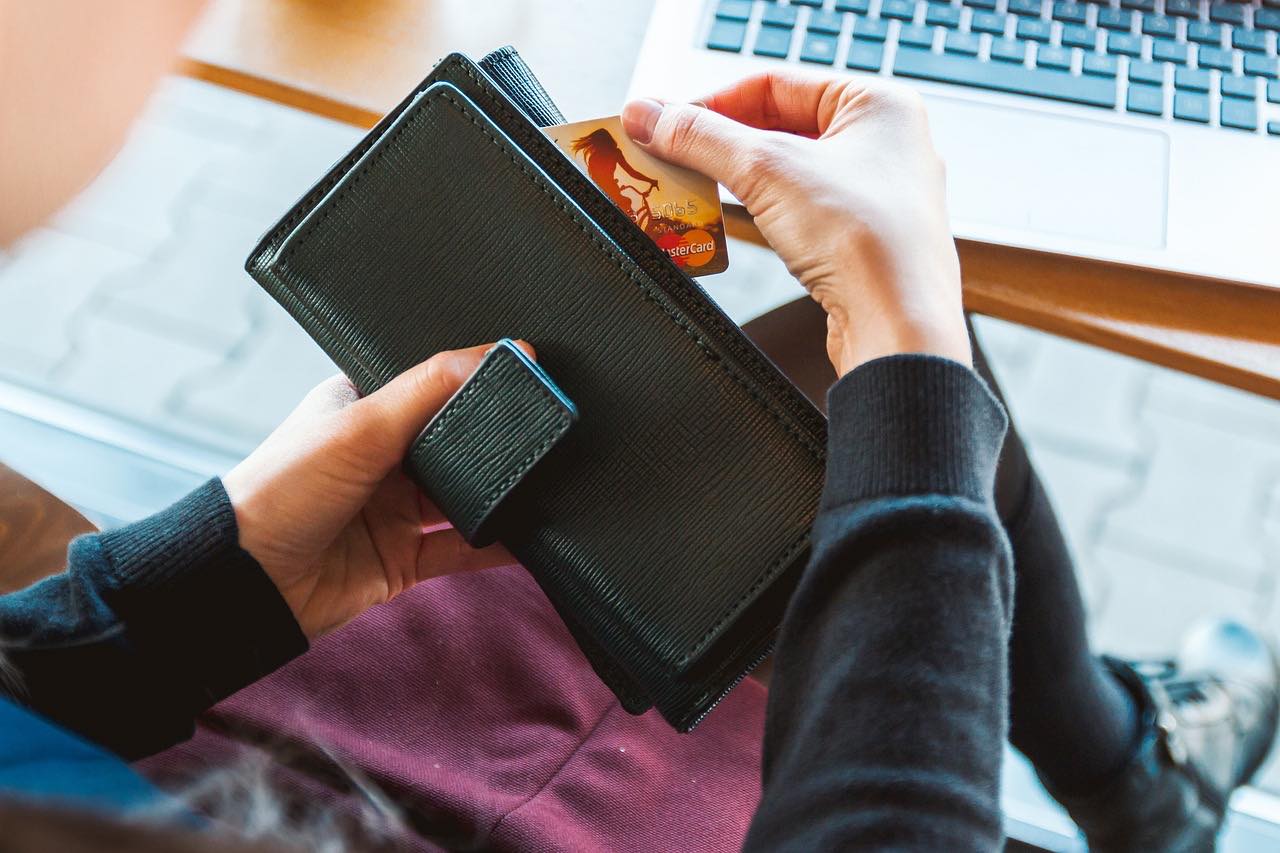Blockchains, AML rules, and developments in cryptos have all had a significant impact on the financial sector. Due to the recent surge in cyberwarfare, safety has also assumed a prominent role. We examine 5 major phenomena that are altering payments as we now understand them.
1. Cryptocurrencies are becoming more widely used
The money system was rocked by the announcement that El Salvador will accept Bitcoins as legal tender. However, less than per year ago, things have changed quickly, with cryptocurrency transactions now dominating the plans of the majority of transaction businesses. There is now a noticeable rise in M7A in connection to cryptocurrency during the past season. Virtual banking institutions are leading the way and have already provided payment options that are suitable for cryptocurrencies. With its increasing demand, you may want to buy some then visit https://btcloopholepro.com to know what’s the hype.
2. SaaS technologies experience increased usage
How quickly the industry is developing is demonstrated by the reality that Stripe is currently the world’s greatest fintech transactions firm. Its current projected value of $95 billion makes it the IPO to monitor during 2022. Each of these factors, however, indicates that entry points into the payment industry are growing. Massive digital payment networks like Shopify as well as Mindbody have also evolved and are now largely running networks that’ll let their consumers make use of new and exciting banking products.
3. BNPL is rising rapidly
The internet practice that lets people extend out transactions over interest-free periods was rarely well-liked over complaints of the “purchase today, pay afterward” market and worries that it encourages the younger generation to incur debt. According to a current Vodeno poll, European shops are adopting new integrated financial services, and 56% of suppliers plan to provide innovative brands in 2022.
Despite 74% of European shops currently providing the function somewhere at point of sales, the industry has so far experienced a significant uptake of products like BNPL.
4. Smooth transactions are being redefined by contactless technologies
The use of contactless banking that doesn’t involve physical touch is also expected to increase by 2022. Apple first confirmed the rollout of Touch to Pay. The current findings from financial advisory company Bailard also claim that a better type of cashless banking has been quickly adopted worldwide. People presently engage with contactless transactions primarily via two types of devices: smartphone accounts or contactless-enabled bank cards.
In the latest days, the transition to digital payments has intensified due to the gradual decline of money terminals, the drive towards digital financing, and modernized transaction methods.
5. Fintech super apps are growing
In the realm of business, an application that offers anything that goes over the standard function is referred to as a “super app.” Users have now access to more financial smart applications because of virtual change. The emergence of these applications might result in bitcoin trade whilst maintaining multiple retirement savings for financial technology.
To Summarize
Conventional card systems are opening up more and more to accept cryptocurrencies as payments. As an illustration, Visa has established around 65 virtual currency partnerships to offer Visa cards. Additionally, the world’s largest financial company permitted bitcoin operations worth over $2.5 billion in the final quarter of 2021. This appears to be going up in 2022, indicating that there will probably be a few more virtual currency wallets in addition to providers experimenting with it in other formats.







